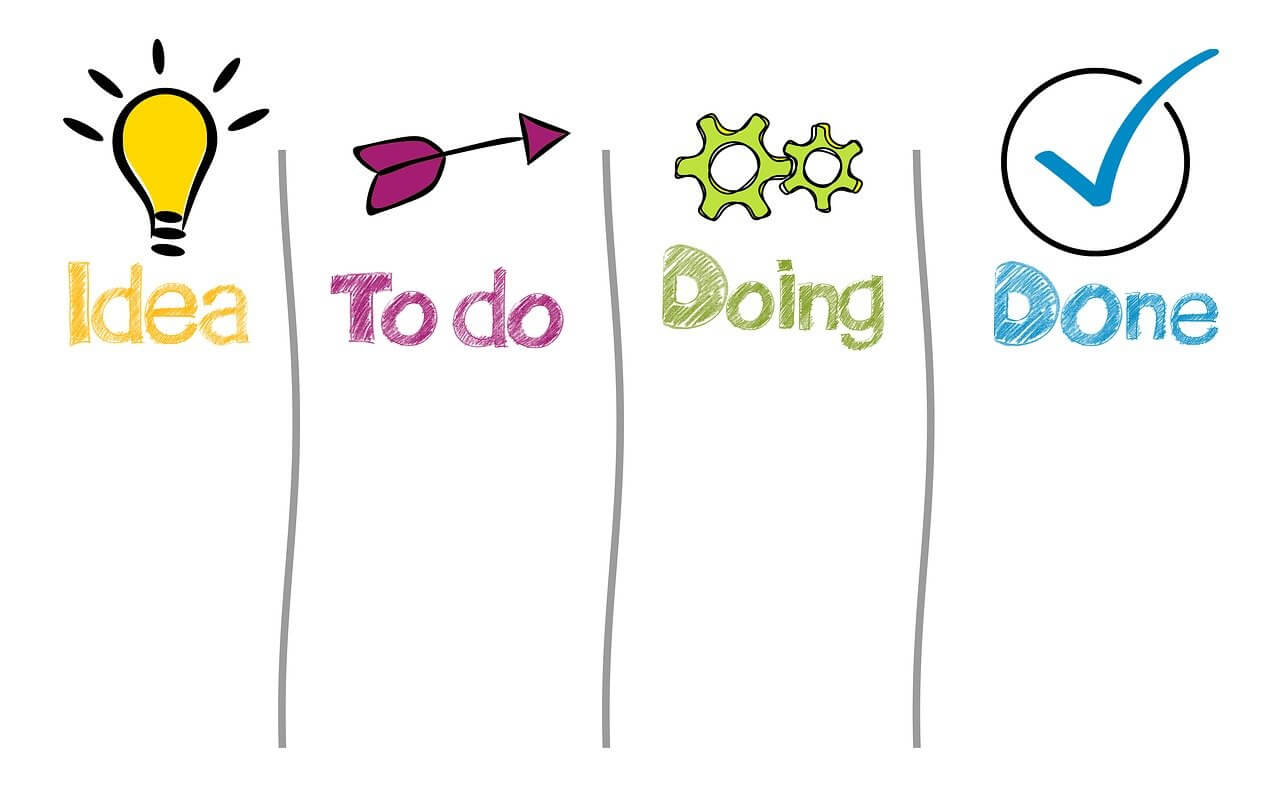Depends. All too often, these two terms have become blurred. But they are different concepts. Here’s a good way to distinguish them, quoting from the Free Management Library’s strategic plan blogger, Carter McNamara:
Strategic Planning Should Be Organization-Wide
Strategic planning is best viewed as clarifying the overall purpose and priorities of the organization. There are many different ways to do strategic planning, and the contents of the plan vary, depending on the purpose of the planning. However, the focus of the planning should primarily be organization-wide.
Business Planning Should Be Product- or Service-Specific
Business planning is best viewed as planning for a specific product or service. The customers and clients for a particular product or service might be very different than for another product or service. You wouldn’t advertise or sell race cars the same way you’d advertise or sell minivans. Each needs a different business plan.
I would add several things to Carter’s description. First, while some strategic plans include financial projections and others do not, financials are an essential component of every credible business plan. Secondly, strategic plans often take a longer term perspective of 3-5 years or more as they envision an organization’s future; in most cases, business plans look out at most three years, as they focus on the more immediate changing realities of the marketplace. Finally, while it is possible to imagine that the strategic plan could be implemented by someone other than the current management team, a business plan is meaningless without identifying who will do it and why they will be successful.
Carter’s weekly strategic planning blog provides useful information on how to do strategic planning. We’ll provide the same service here in the business planning blog.
——————
For more resources, see our Library topic Business Planning.
Copyright © 2010 Rolfe Larson Associates – Fifteenth Anniversary, 1995 – 2010
Author of Venture Forth! Endorsed by the late Paul Newman of Newman’s Own
Read my weekly blogs on Social Enterprise and Business Planning










